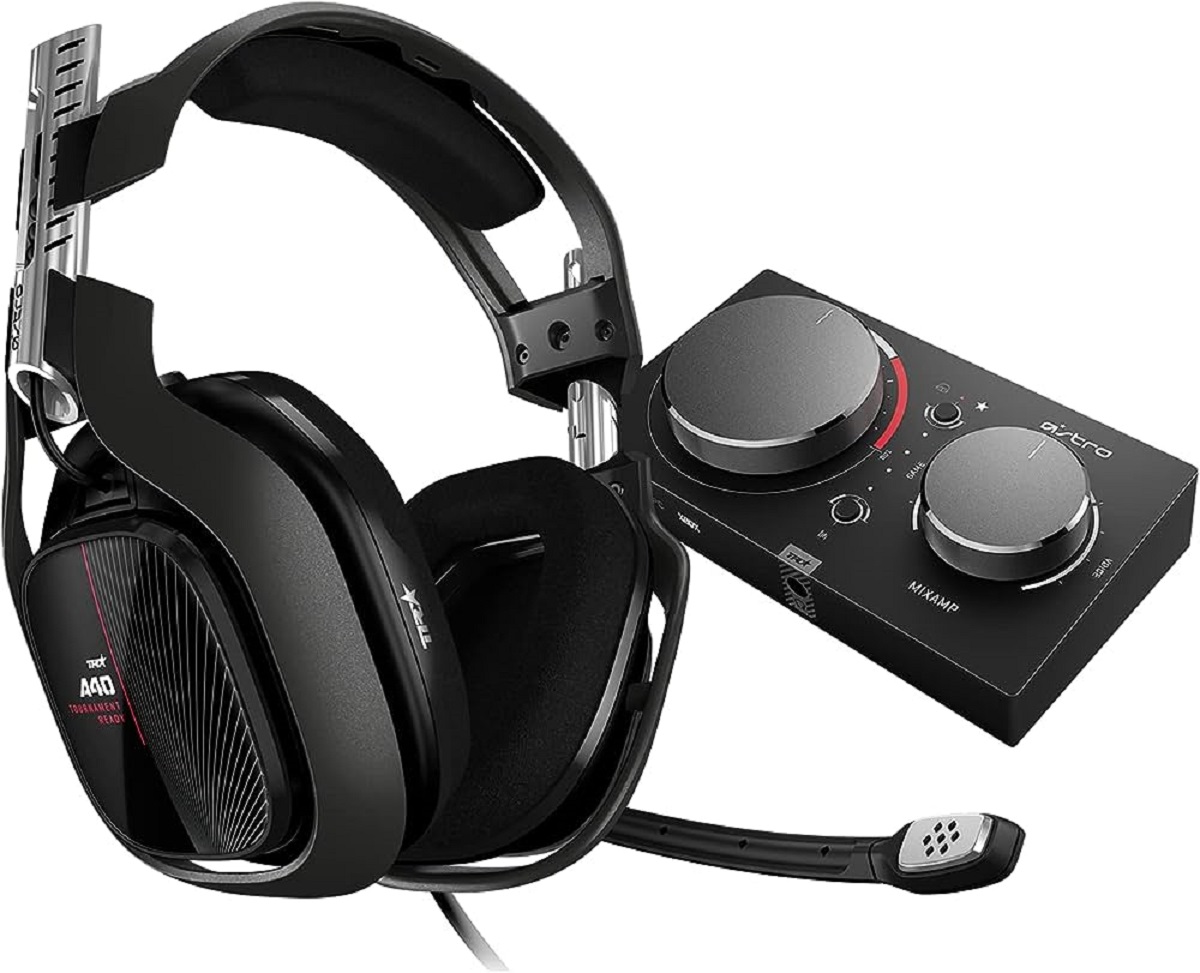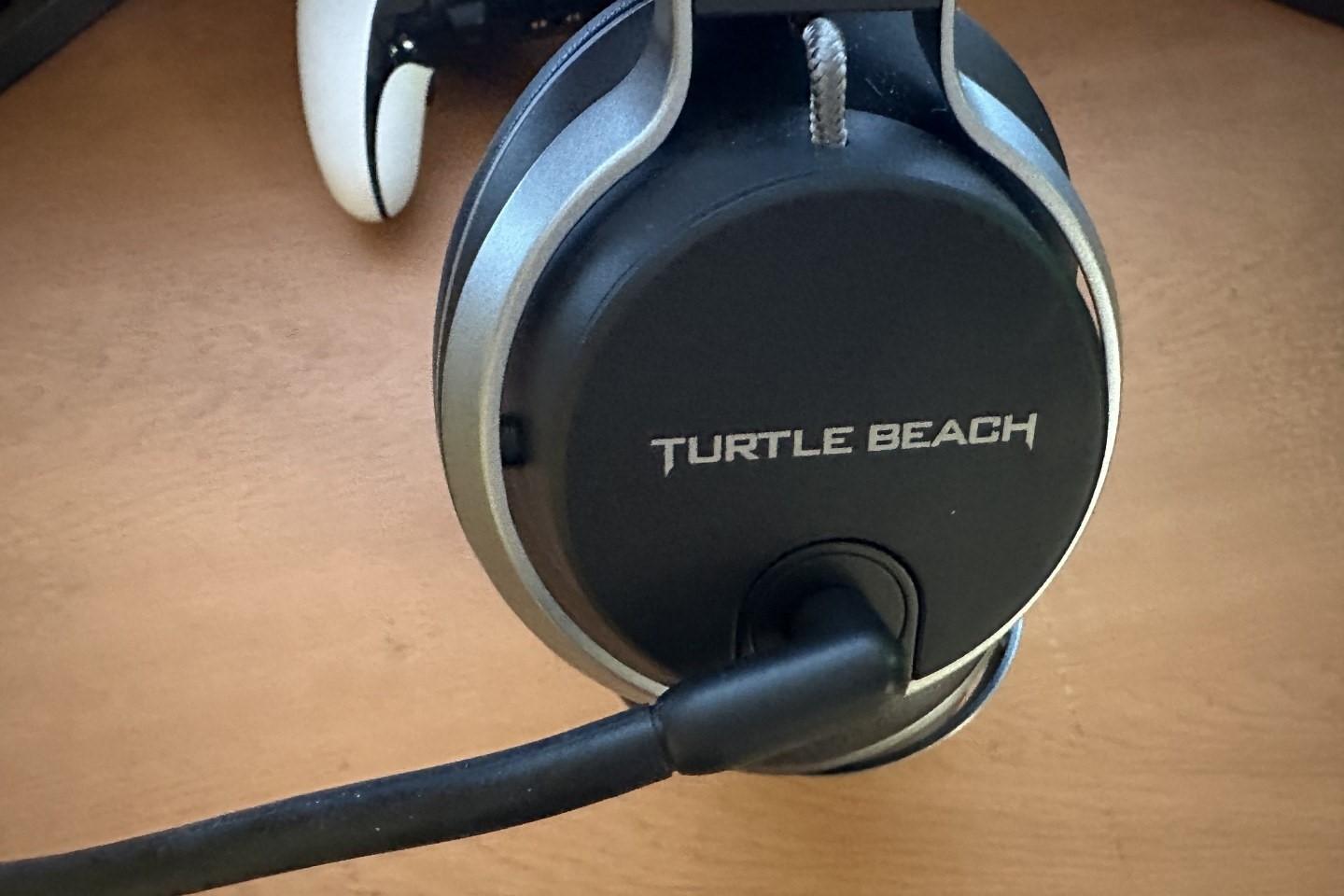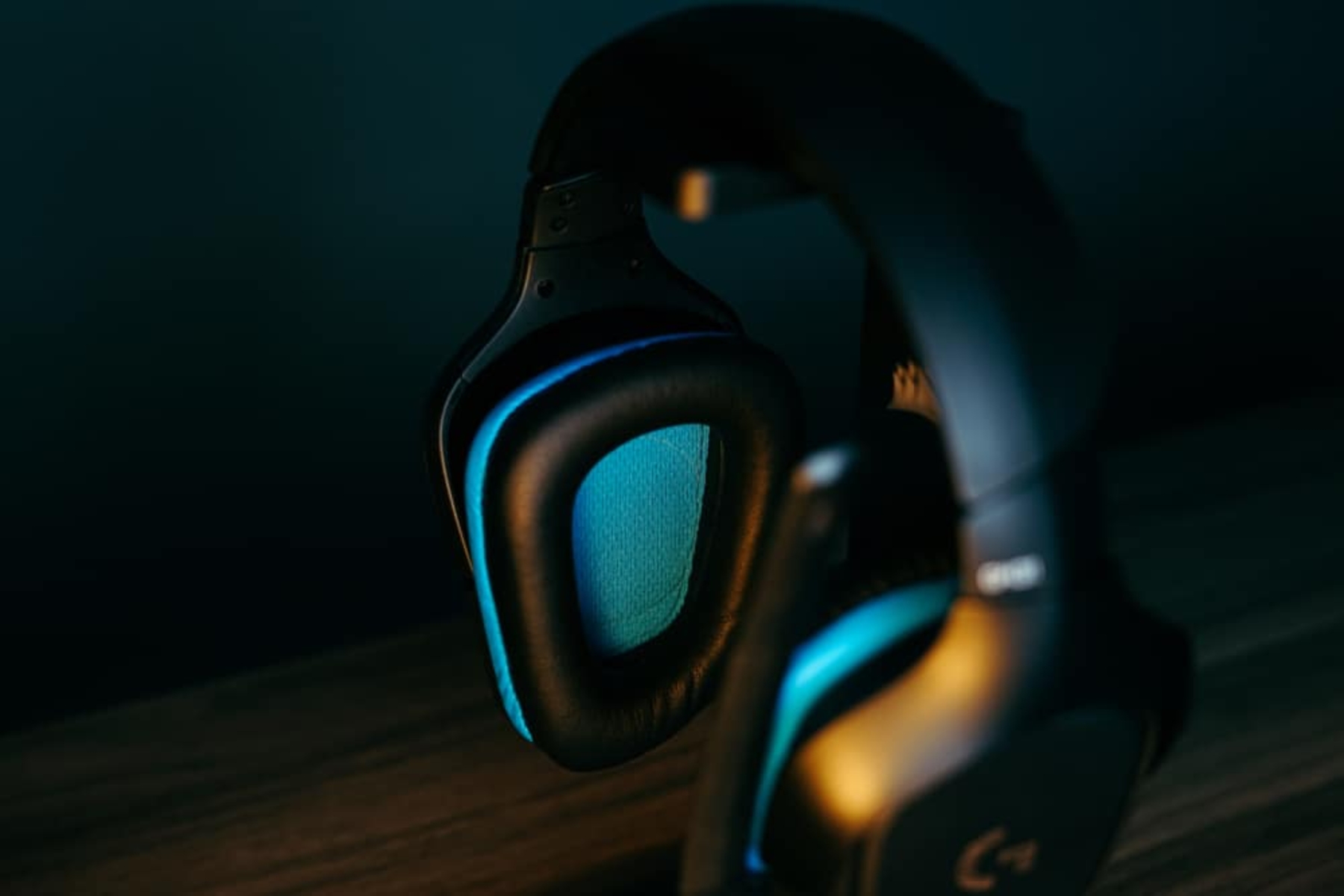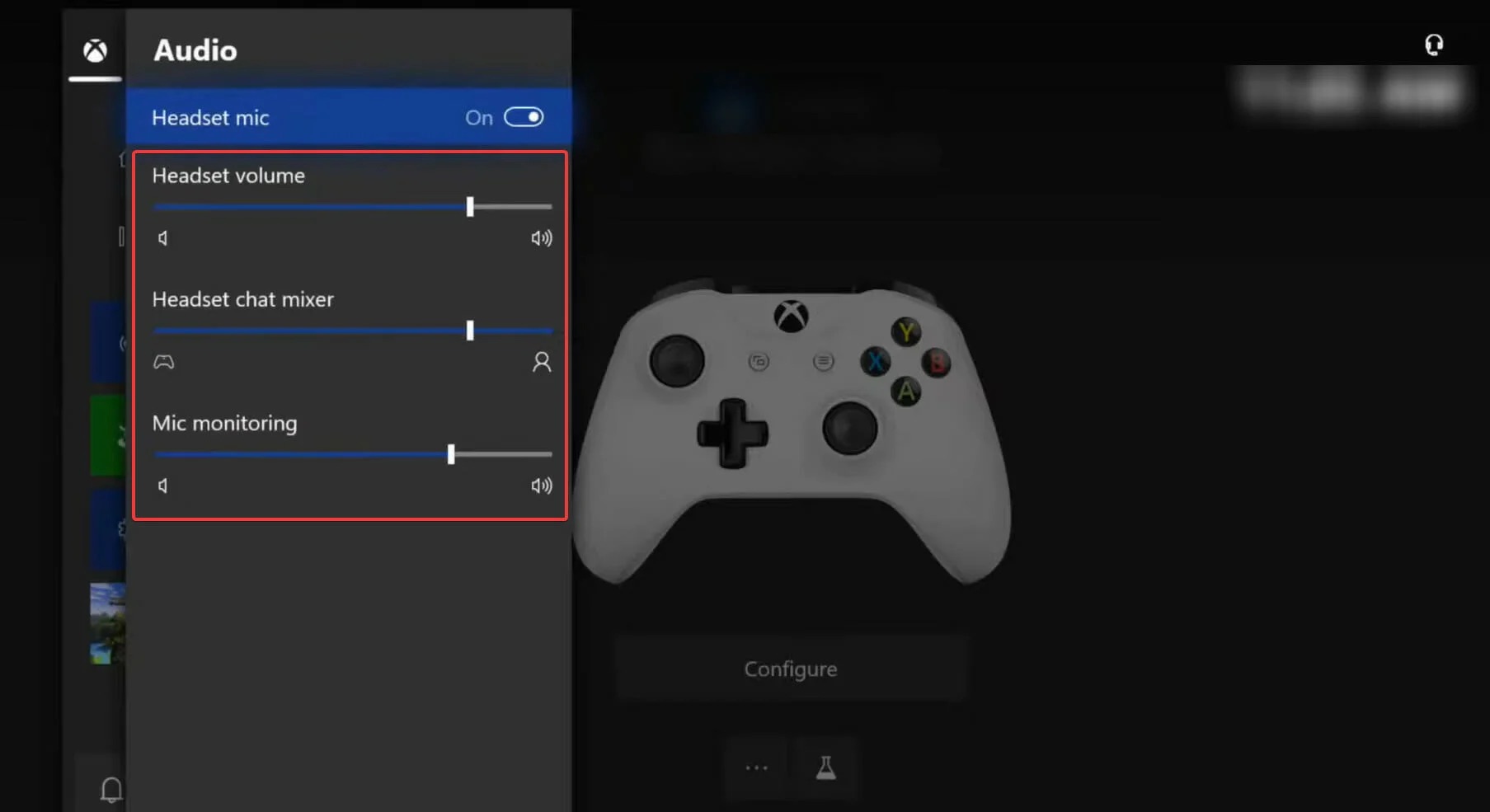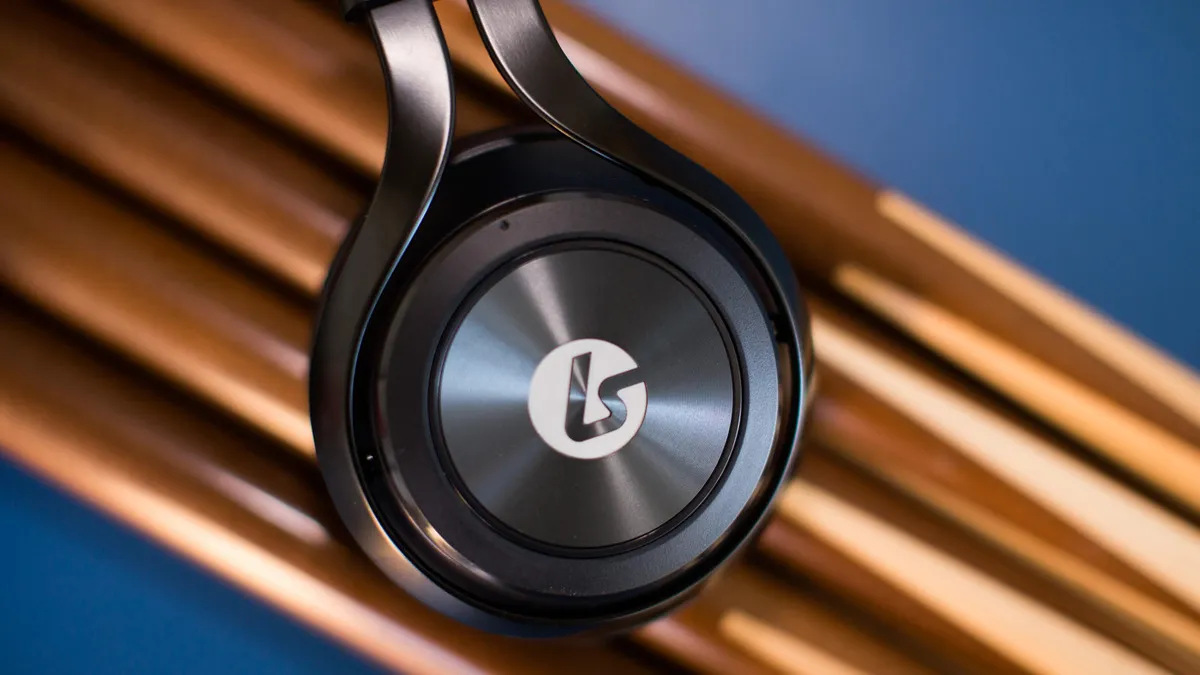Introduction
The advent of modern technology has revolutionized the way we communicate, work, and entertain ourselves. In the realm of audio devices, headsets have become indispensable tools for enabling seamless communication and immersive entertainment experiences. However, despite their numerous benefits, users often encounter a persistent and frustrating issue: headset echo. This phenomenon, characterized by the recurrence of one's voice during calls or audio playback, can significantly detract from the overall audio quality and user experience.
In this comprehensive guide, we will delve into the intricacies of headset echo, exploring its underlying causes and providing practical solutions to mitigate this nuisance. Whether you're a professional navigating virtual meetings, a gaming enthusiast seeking crystal-clear audio, or a music aficionado craving an uninterrupted listening experience, understanding and resolving headset echo is paramount.
By unraveling the complexities of headset echo and harnessing cutting-edge solutions, we aim to empower users to optimize their audio experiences and bid farewell to the vexing echo dilemma. Let's embark on this enlightening journey to unlock the secrets of echo-free audio and elevate the way we engage with our beloved headsets.
Understanding Headset Echo
Headset echo, also known as audio echo or acoustic echo, is a perplexing phenomenon that plagues the audio experiences of headset users across various domains. It manifests as the unintended recurrence of sound, typically in the form of the user's own voice, during audio calls, gaming sessions, or media playback. This unwelcome auditory replication can be disorienting, disruptive, and immensely frustrating, detracting from the clarity and coherence of the audio being transmitted or received.
The occurrence of headset echo can be attributed to the intricate interplay of audio input and output within the headset's communication ecosystem. When the user speaks or generates sound input, the headset's microphone captures and transmits this audio data to the recipient, whether it's a communication platform, gaming server, or media player. Simultaneously, the headset's speakers or earphones reproduce the incoming audio, including the user's voice, creating a loop that results in the echoing effect.
In essence, the echo is a manifestation of audio feedback within the headset's audio transmission and reception pathways. This feedback loop can be likened to a reverberation, where the original sound is reflected back to the listener, creating a perceptible delay and duplication of the audio signal. The underlying mechanics of headset echo can vary based on the specific hardware, software, and communication protocols involved, making it a nuanced and multifaceted challenge to address.
Furthermore, the prevalence of headset echo underscores the importance of understanding the intricacies of audio signal processing, acoustic dynamics, and signal propagation within the headset's architecture. By gaining insight into the underlying mechanisms that give rise to echo, users can equip themselves with the knowledge needed to troubleshoot, mitigate, and ultimately eliminate this vexing audio anomaly.
As we journey deeper into the realm of headset echo, we will unravel the common causes behind this phenomenon, empowering users with the insights needed to effectively address and resolve echo-related issues. Let's embark on this enlightening exploration to demystify the enigmatic world of headset echo and pave the way for pristine, echo-free audio experiences.
Common Causes of Headset Echo
Headset echo, a persistent nuisance in the realm of audio communication, can stem from a myriad of factors, encompassing both hardware and software intricacies. Understanding the common causes behind headset echo is crucial in devising effective strategies to mitigate and eliminate this vexing phenomenon. Let's delve into the prevalent culprits contributing to the manifestation of headset echo:
-
Audio Feedback Loop: One of the primary causes of headset echo is the inadvertent creation of an audio feedback loop within the headset's audio transmission pathways. When the microphone captures the user's voice, the audio is transmitted to the recipient while concurrently being played back through the headset's speakers or earphones. This simultaneous capture and reproduction of audio leads to the creation of an echo, as the original sound is reflected back into the audio input stream.
-
Microphone Sensitivity and Placement: The positioning and sensitivity of the headset's microphone can significantly influence the occurrence of echo. In some instances, the microphone may capture ambient sounds or audio leakage from the headset's speakers, inadvertently reintroducing the user's voice into the audio stream. Improper microphone placement or excessively high sensitivity can exacerbate this issue, amplifying the likelihood of echo.
-
Audio Signal Processing: The digital signal processing (DSP) algorithms employed within the headset's hardware or accompanying software can impact the occurrence of echo. Inadequate echo cancellation or suppression mechanisms may result in the persistence of echo during audio transmission, especially in scenarios where the user's voice is reproduced with a discernible delay.
-
Communication Platform and Network Latency: When engaging in audio calls or online gaming, the underlying communication platform and network latency can contribute to the manifestation of echo. Variations in network latency, packet loss, or suboptimal audio encoding and decoding processes can introduce delays in audio transmission, leading to perceptible echo effects.
-
Hardware Interference and Incompatibility: The presence of electromagnetic interference, incompatible audio drivers, or hardware conflicts within the user's computing environment can disrupt the seamless operation of the headset, potentially leading to echo-related issues. Incompatibility between the headset and the audio output device can also contribute to echo, as the audio signal may undergo unintended processing or amplification, triggering echo effects.
By comprehensively understanding these common causes of headset echo, users can embark on a proactive journey to troubleshoot and address these underlying factors. In the subsequent section, we will delve into practical strategies and cutting-edge technologies designed to resolve headset echo, paving the way for pristine and echo-free audio experiences.
Troubleshooting Headset Echo Issues
Addressing and resolving headset echo issues necessitates a systematic approach that encompasses both hardware and software considerations. By leveraging targeted troubleshooting strategies, users can effectively identify and mitigate the underlying factors contributing to echo, thereby restoring audio clarity and coherence to their headset experiences.
1. Microphone Sensitivity and Placement
Begin by assessing the positioning and sensitivity settings of the headset's microphone. Ensure that the microphone is positioned optimally, away from the headset's speakers to minimize audio leakage and feedback. Adjust the microphone sensitivity settings, aiming to strike a balance between capturing clear audio input while mitigating the likelihood of unintended echo.
2. Audio Configuration and Settings
Navigate to the audio configuration settings on your device and headset to review and adjust the input and output levels. Tweak the microphone gain, input volume, and audio playback settings to optimize audio capture and reproduction, aiming to minimize the potential for echo-inducing feedback loops.
3. Echo Cancellation and Suppression
Explore the audio settings or accompanying software of your headset to ascertain the availability and functionality of echo cancellation and suppression features. Enable and configure these advanced audio processing capabilities to actively mitigate echo during audio transmission, leveraging sophisticated algorithms to identify and neutralize echo-inducing audio signals.
4. Network and Communication Optimization
When engaging in online calls or gaming, evaluate the network conditions and communication platform settings to minimize latency and packet loss. Optimize your network connection, consider using wired connections for enhanced stability, and prioritize platforms that offer robust audio processing and echo mitigation capabilities.
5. Firmware and Driver Updates
Ensure that your headset's firmware and accompanying audio drivers are up to date. Manufacturers often release firmware updates and driver enhancements to address audio-related issues, including echo. By staying abreast of the latest updates, users can leverage optimized audio processing algorithms and improved compatibility to mitigate echo-related challenges.
6. Environmental Considerations
Assess the ambient environment where you use your headset. Minimize background noise, acoustic reflections, and audio obstructions that may inadvertently contribute to echo. Creating an acoustically conducive environment can complement the efforts to troubleshoot and mitigate headset echo issues effectively.
By diligently implementing these troubleshooting strategies, users can systematically identify and address the underlying factors contributing to headset echo, paving the way for enhanced audio clarity and a seamless communication and entertainment experience.
The next section will delve into a groundbreaking solution that transcends traditional troubleshooting methods, offering a transformative approach to achieving echo-free audio experiences.
Resolving Headset Echo with Echo-Free Audio Technology
The persistent challenge of headset echo has spurred the development of innovative audio technologies aimed at transcending traditional echo mitigation methods. One such groundbreaking solution that has garnered widespread acclaim is the integration of echo-free audio technology within modern headsets. This transformative approach leverages advanced signal processing algorithms, real-time audio analysis, and adaptive audio feedback control mechanisms to effectively eliminate echo, delivering pristine and immersive audio experiences to users.
At the core of echo-free audio technology lies a sophisticated echo cancellation framework designed to preemptively identify and neutralize echo-inducing audio signals. By harnessing adaptive filtering and predictive modeling, the technology discerns between desired audio input and unintended echo, dynamically adjusting the audio processing parameters to nullify echo effects. This proactive approach ensures that users can engage in seamless communication, gaming, and media playback without encountering the disruptive intrusion of echo.
Furthermore, echo-free audio technology encompasses robust acoustic echo suppression mechanisms, effectively attenuating residual echo that may persist within the audio stream. Through the seamless integration of advanced digital signal processing (DSP) algorithms, echo-free audio technology optimizes the audio transmission and reception pathways, mitigating the likelihood of echo propagation and recurrence. This holistic approach to echo suppression empowers users to revel in crystal-clear audio, devoid of the irksome echo artifacts that often plague traditional headset experiences.
Moreover, the adaptive nature of echo-free audio technology enables real-time monitoring and adjustment of audio feedback control parameters, ensuring that echo mitigation remains dynamic and responsive to evolving audio environments. Whether navigating fluctuating network conditions during online calls or immersing in high-fidelity gaming environments, the technology adeptly adapts to deliver consistent echo-free audio, enriching the user experience across diverse usage scenarios.
By embracing echo-free audio technology, users can transcend the limitations of conventional echo mitigation strategies, ushering in a new era of pristine audio experiences. Whether communicating with colleagues, engaging in virtual collaborations, or indulging in immersive gaming escapades, the integration of echo-free audio technology within modern headsets heralds a paradigm shift in audio clarity and coherence.
In essence, the adoption of echo-free audio technology represents a pivotal leap towards eradicating the persistent specter of headset echo, empowering users to revel in uninterrupted, immersive audio experiences that transcend the constraints of traditional echo mitigation approaches. With this transformative technology at the helm, users can embark on a journey towards echo-free audio bliss, redefining the way they engage with their cherished headsets.
Conclusion
In conclusion, the vexing issue of headset echo, characterized by the unintended recurrence of audio within the user's audio stream, has long plagued users across diverse communication and entertainment domains. This phenomenon, stemming from the intricate interplay of audio input and output within headsets, has posed a significant barrier to achieving pristine audio experiences, disrupting communication, gaming, and media playback endeavors.
Throughout this comprehensive guide, we have embarked on an enlightening journey to unravel the complexities of headset echo, delving into its underlying causes, troubleshooting strategies, and the transformative realm of echo-free audio technology. By comprehensively understanding the common causes of headset echo, encompassing audio feedback loops, microphone sensitivity, audio signal processing, network latency, and hardware compatibility, users have gained valuable insights into the multifaceted nature of this audio anomaly.
Furthermore, the exploration of targeted troubleshooting strategies, ranging from microphone optimization and audio configuration adjustments to network and environmental considerations, has equipped users with a systematic approach to identify and mitigate the factors contributing to headset echo. These proactive measures empower users to reclaim audio clarity and coherence, fostering seamless communication and entertainment experiences.
Moreover, the unveiling of echo-free audio technology represents a paradigm shift in the realm of audio innovation, offering a transformative solution that transcends traditional echo mitigation methods. Through the integration of advanced echo cancellation, adaptive filtering, and real-time audio analysis, echo-free audio technology heralds a new era of pristine audio experiences, free from the disruptive intrusion of echo artifacts.
As users navigate the ever-evolving landscape of audio communication and entertainment, the integration of echo-free audio technology within modern headsets signifies a pivotal leap towards eradicating the persistent specter of headset echo. This transformative technology empowers users to revel in uninterrupted, immersive audio experiences, redefining the way they engage with their cherished headsets and transcending the constraints of traditional echo mitigation approaches.
In essence, the journey towards echo-free audio bliss represents a harmonious convergence of technological innovation, user empowerment, and the relentless pursuit of audio excellence. By harnessing the insights and solutions presented in this guide, users can embark on a transformative odyssey, embracing pristine audio clarity and coherence in their interactions with headsets, and ushering in a new era of echo-free audio experiences.







